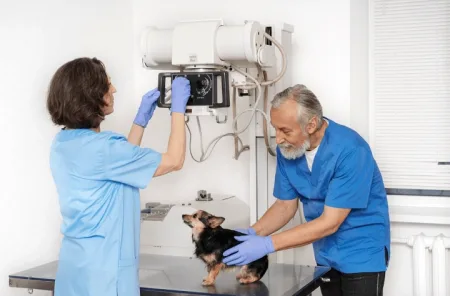In the digital age, the ability to transfer files quickly and reliably is a cornerstone of effective communication and data management. Whether for personal use or within the enterprise, the mechanisms that facilitate these transfers are crucial. Two of the primary protocols underpinning file transfer are the User Datagram Protocol (UDP) and the Transmission Control Protocol (TCP). Each serves distinct purposes, catering to different needs of speed, reliability, and data integrity. Understanding these protocols provides insight into the broader landscape of fast file transfer solutions which aim to streamline and secure the process.
TCP: Reliability and Order
TCP is renowned for its reliability. It establishes a connection between the sender and receiver before data transmission begins, ensuring a stable path for data packets. This protocol is designed to guarantee that every byte sent is received correctly and in order. If a packet is lost or arrives out of sequence, TCP handles retransmission and reordering, ensuring the integrity of the data. This makes TCP ideal for applications where accuracy is paramount, such as web browsing, email, and file downloads.
The trade-off for this reliability, however, is speed. The overhead required to manage connections, check for errors, and ensure packet order can introduce latency. Moreover, TCP’s congestion control mechanism, which prevents network overload by adjusting the rate of data transmission based on network capacity, can further slow down transfers, especially over long distances or unreliable networks.
UDP: Speed and Efficiency
UDP, on the other hand, prioritizes speed and efficiency over reliability. It operates on a “fire-and-forget” principle, sending data packets without establishing a connection or waiting for acknowledgments from the receiver. This lack of handshake and error correction mechanisms significantly reduces overhead, allowing for faster data transmission rates.
The downside to UDP’s approach is that it does not guarantee packet delivery, order, or integrity. Packets can be lost, duplicated, or arrive out of sequence without any mechanism within the protocol to rectify these issues. Despite these drawbacks, UDP is perfectly suited for time-sensitive applications where speed is more critical than absolute reliability, such as streaming video or voice, where missing a few packets is preferable to a delay.
Choosing Between UDP and TCP
The choice between UDP and TCP for fast file transfer depends on the specific requirements of the task at hand. For applications requiring guaranteed delivery and data integrity, TCP is the go-to solution. Its error correction and order maintenance capabilities ensure that files arrive intact and in the correct sequence.
For situations where speed is of the essence and occasional data loss is acceptable, UDP offers a more efficient alternative. Its minimal overhead makes it ideal for real-time applications where latency would be detrimental to the user experience.
In the quest for even faster and more reliable file transfer methods, many modern solutions leverage both protocols’ strengths. Techniques like UDP-based file transfer acceleration take advantage of UDP’s speed while implementing additional layers of control on top to manage errors and packet order, offering a compromise between the two.
As technology advances and the demand for quick, reliable file transfers grows, understanding the underpinnings of these protocols and their applications becomes increasingly important. For those looking to implement or upgrade their file transfer solutions, exploring platforms that harness the strengths of both TCP and UDP can provide a comprehensive approach to meeting their fast file transfer needs.



